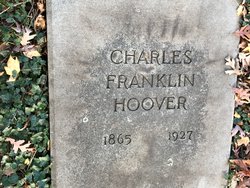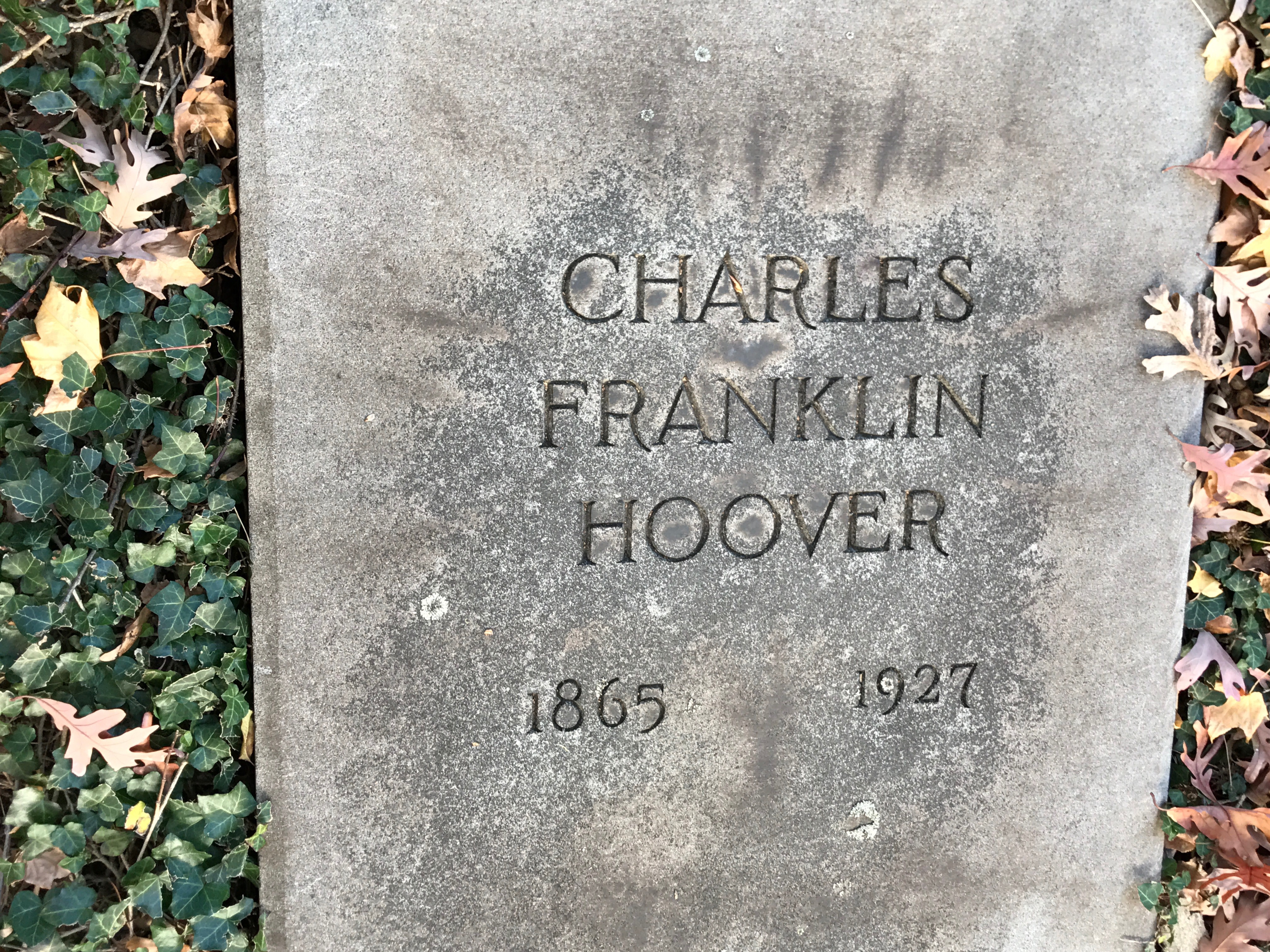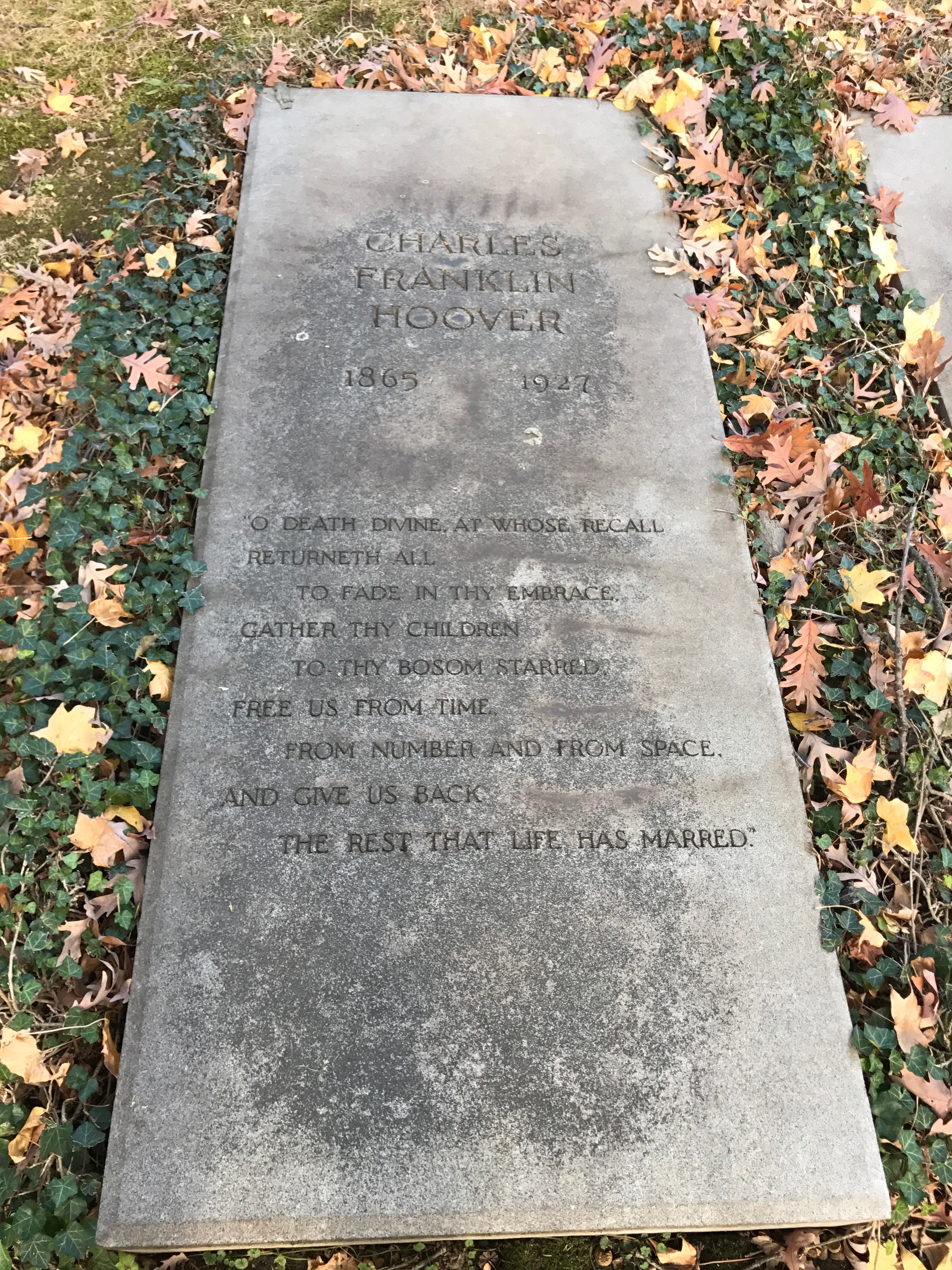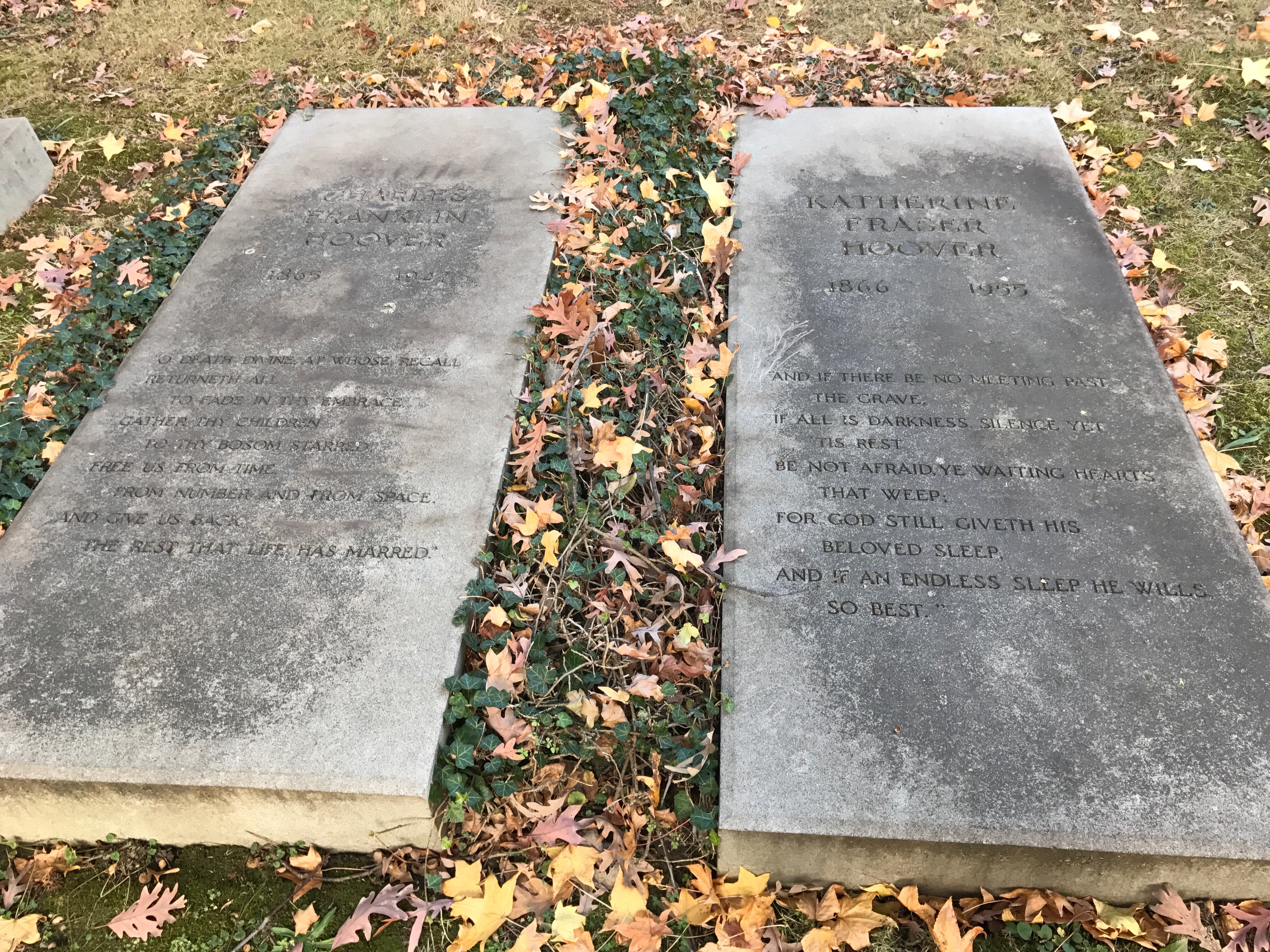"Born in Miamisburg, Ohio, Hoover was educated abroad and earned his medical degree from Harvard in 1893. Hoover came to Western Reserve University in 1895, originally hired on a temporary basis, but was eventually promoted to Professor of Medicine (1907). Hoover had a reputation as a skilled diagnostician and teacher. During this time laboratory tests were gaining importance in diagnosing diseases. Hoover argued that clinician’s power of observation and skill should not be undermined by laboratory science. His skill at bedside examinations was well known; two physical signs are named for him: Observations on movements of the coastal margins and consequent conclusions about underlying pulmonary structure and function. A method for differentiating true hemi paresis of the leg from malingering by notice of pressure of the opposing heel of the supine person as he attempts to raise the affected leg."
Source: Medicine in Cleveland and Cuyahoga County: 1810-1976 / edited by Kent L. Brown Cleveland OH; The Academy of Medicine of Cleveland 1977
"Born in Miamisburg, Ohio, Hoover was educated abroad and earned his medical degree from Harvard in 1893. Hoover came to Western Reserve University in 1895, originally hired on a temporary basis, but was eventually promoted to Professor of Medicine (1907). Hoover had a reputation as a skilled diagnostician and teacher. During this time laboratory tests were gaining importance in diagnosing diseases. Hoover argued that clinician’s power of observation and skill should not be undermined by laboratory science. His skill at bedside examinations was well known; two physical signs are named for him: Observations on movements of the coastal margins and consequent conclusions about underlying pulmonary structure and function. A method for differentiating true hemi paresis of the leg from malingering by notice of pressure of the opposing heel of the supine person as he attempts to raise the affected leg."
Source: Medicine in Cleveland and Cuyahoga County: 1810-1976 / edited by Kent L. Brown Cleveland OH; The Academy of Medicine of Cleveland 1977
Family Members
Sponsored by Ancestry
Advertisement
Records on Ancestry
Advertisement















